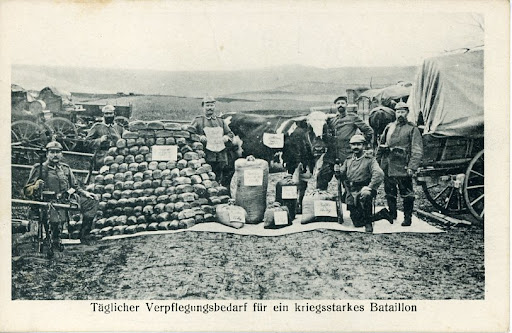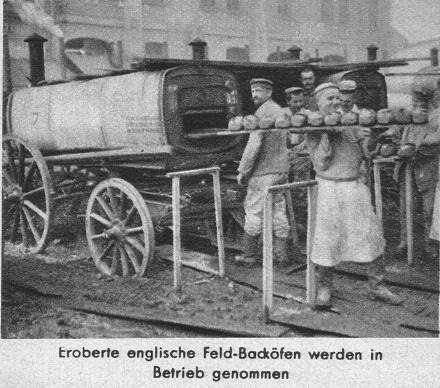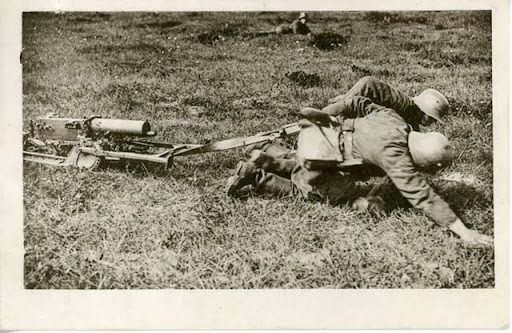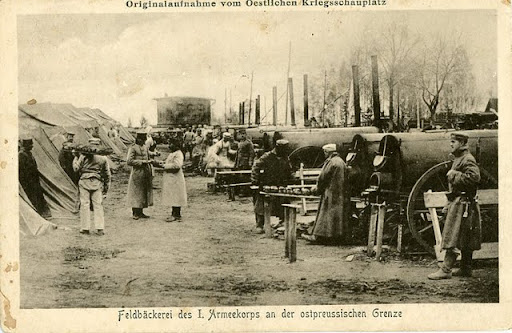Why should two men carry a 50kg machinegun if one can do it as well?
The German army incorporated a very modern form of team cooperation that freed up personnel to hang around at the canteen. Widely adopted in the business world today, the introduction of downsizing allows to exploit its advantages even more efficiently.
P.S. I wonder where the guy with all the ammo boxes is? He is evidently falling behind which will earn him a negative record in his personnel file.
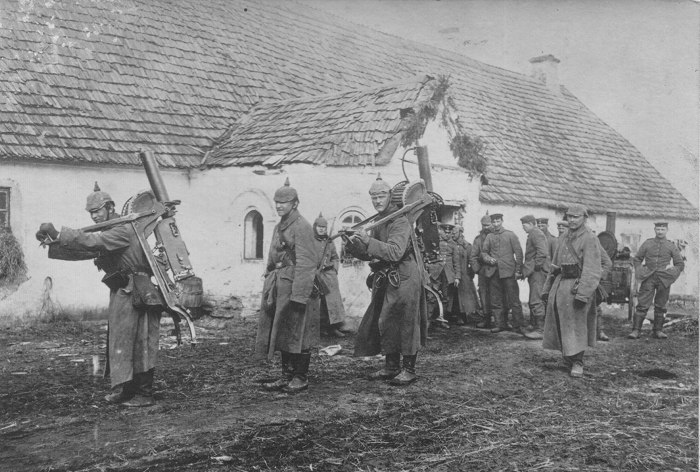
The German army incorporated a very modern form of team cooperation that freed up personnel to hang around at the canteen. Widely adopted in the business world today, the introduction of downsizing allows to exploit its advantages even more efficiently.
P.S. I wonder where the guy with all the ammo boxes is? He is evidently falling behind which will earn him a negative record in his personnel file.


